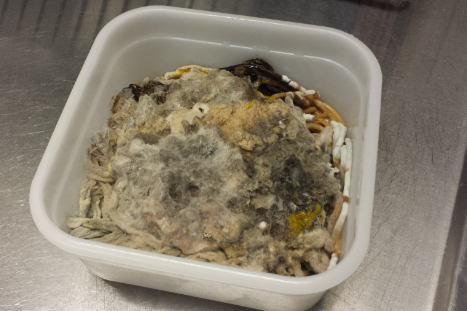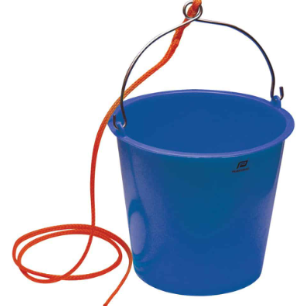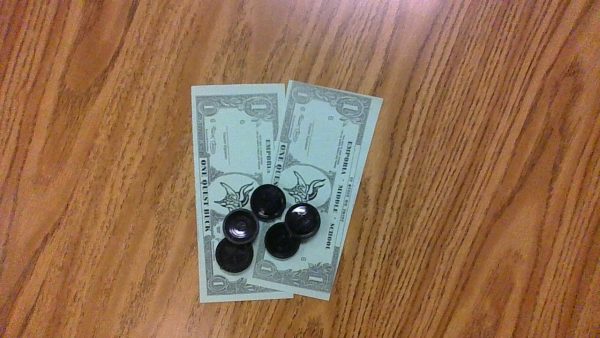Top Five Poisonous Plants

These are the poisonous plants
February 22, 2023
Do you want to know about poisonous plants? Do you want to know what effects happened with the poisonous plants? Well, if that is so, then in this story you will probably learn about some poisonous plants like the Rosary Peas, Lily of the valley, deadly nightshade, Poison Ivy, and the Giant Hogweed. They are all poisonous plants that will do some damage to you in many different ways.
The first one I’m going to talk about is the Rosary Peas, also called the crab’s eye. It grows in regions of India and Asia but other people grow it as decoration, which then causes it to be an invasive species. Some symptoms of eating some seeds are fever, nausea, dehydration, and many more.
The second one is the lily of the valley. It is common for little kids to eat it and get sick. The sickness gets to their muscles and heart, although the death rate of it is very low. It takes 1 to 3 days roughly for the side effects to wear off. It is also commonly mistaken for wild garlic, a plant that grows in the spring. Lily of the valley has bell-shaped flowers that produce a red berry. If you eat a small amount of the lily of the valley, nothing will happen. It is only if you consume a lot of it.
The third one is the deadly nightshade or belladonna. You can find it in the woods. The leaves are oval-shaped and smooth; so no jagged leaves. The flowers are bell-shaped and have purple and green coloration. The fruit is shiny black and poisonous. If you eat a high amount of it, you can go into a coma.
The fourth one is one that you probably already know, Poison ivy. Poison ivy isn’t really that poisonous. It releases a sticky oil that makes your skin really blister and itch. Some people aren’t affected by poison ivy. If you burn poison ivy and inhale it you can get a rash in your lungs.
The last one is the giant hogweed. The giant hogweed can grow up to 10 ft. It is the most deadly one on this list. If you contact the sap and get in your eye, you can go blind. If you touch it, you can get a blister first or second-degree burn red and swelling skin. It is an invasive species that spread around the USA. It came into the UK in the nineteenth century than the USA in the twentieth century.
Well, that is all the poisonous plants for this story. If you come across any of these plants, seek medical attention. Except for the poison ivy. But if the symptoms get worse and are not going away, then seek medical attention for poison ivy. My favorite one on this list is the giant hogweed. It is very tall and deadly. Watch for my next story, How to grow a tomato.
















